Rosewood Park
2300 Rosewood Ave, Austin, TX 78702
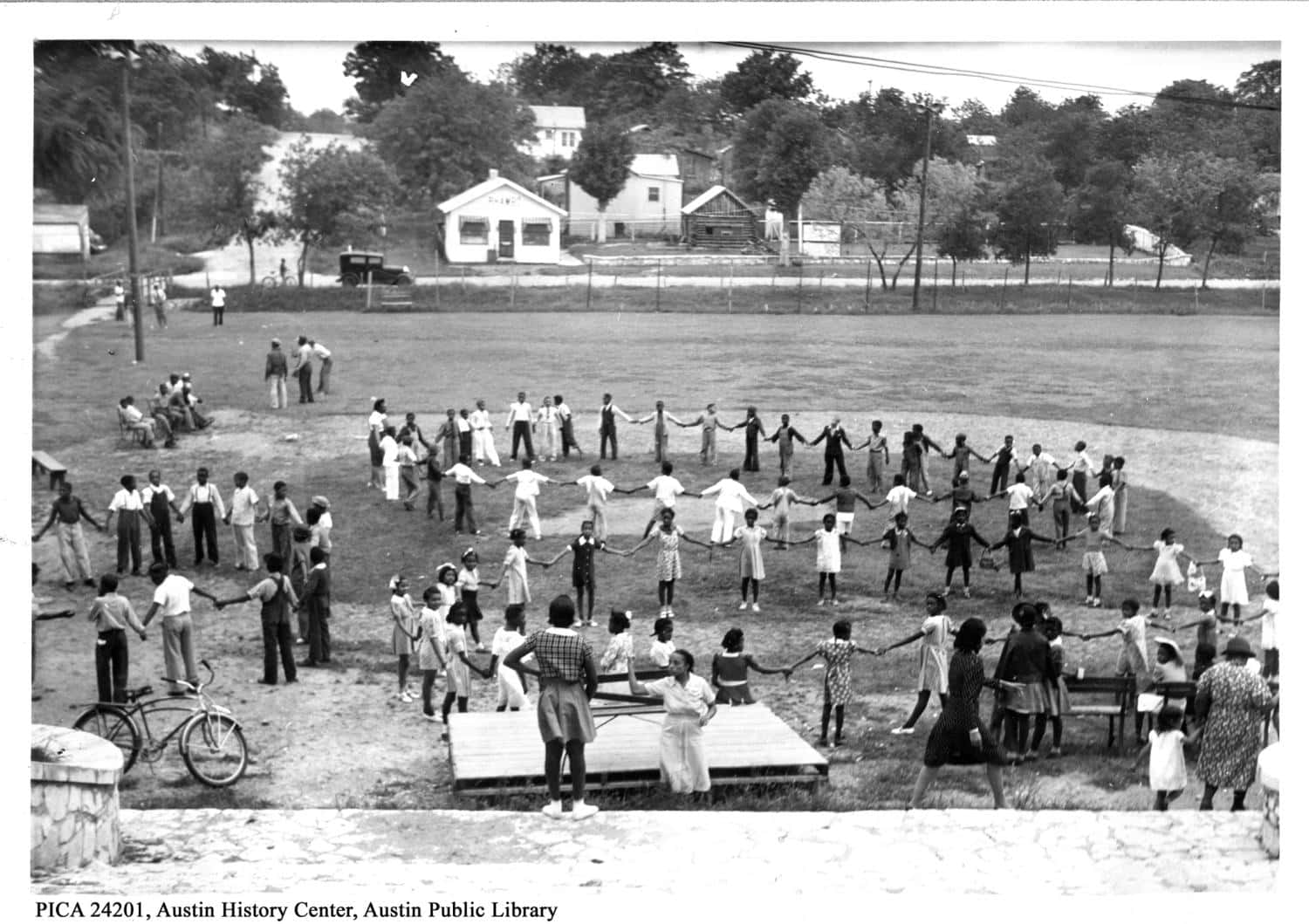
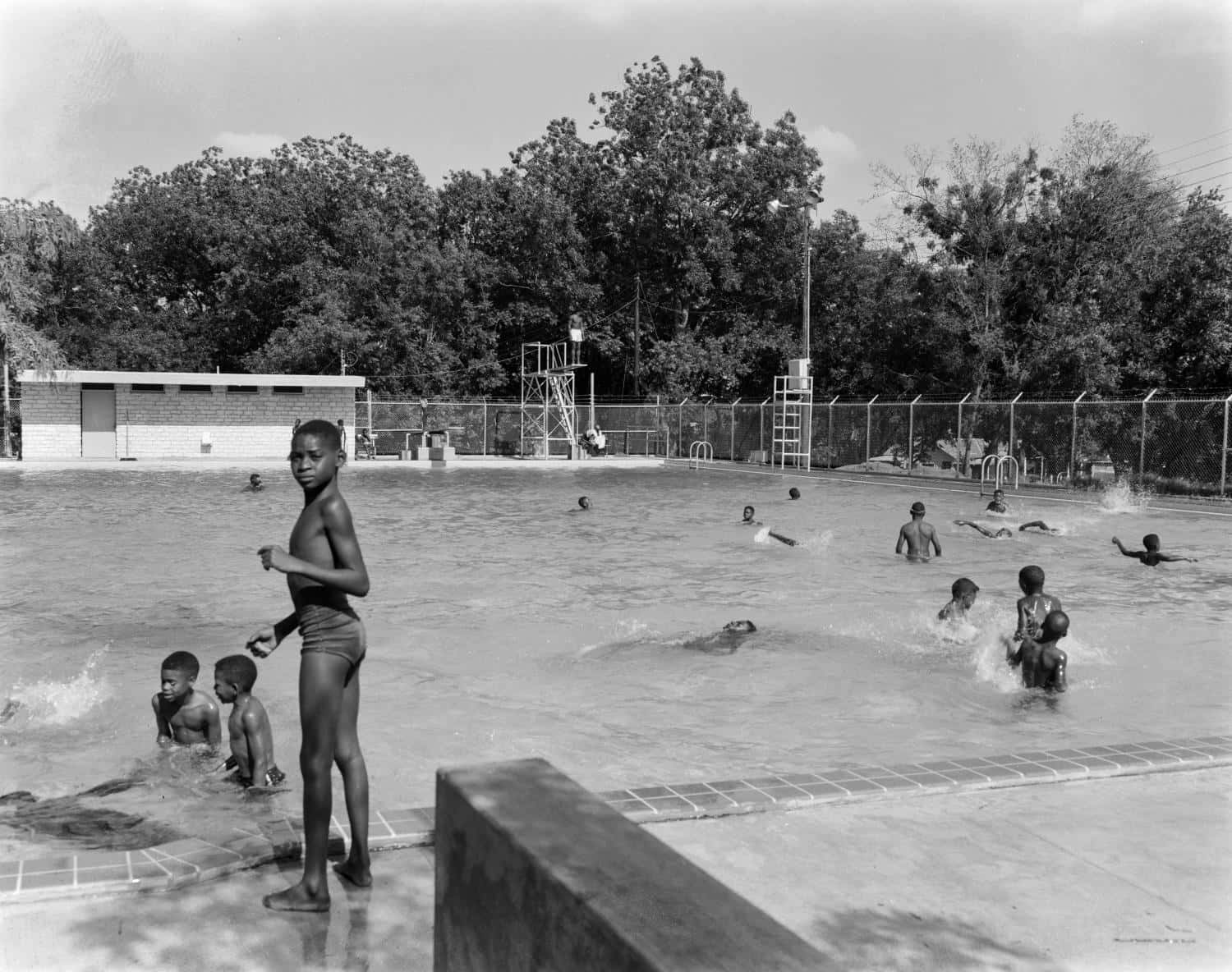
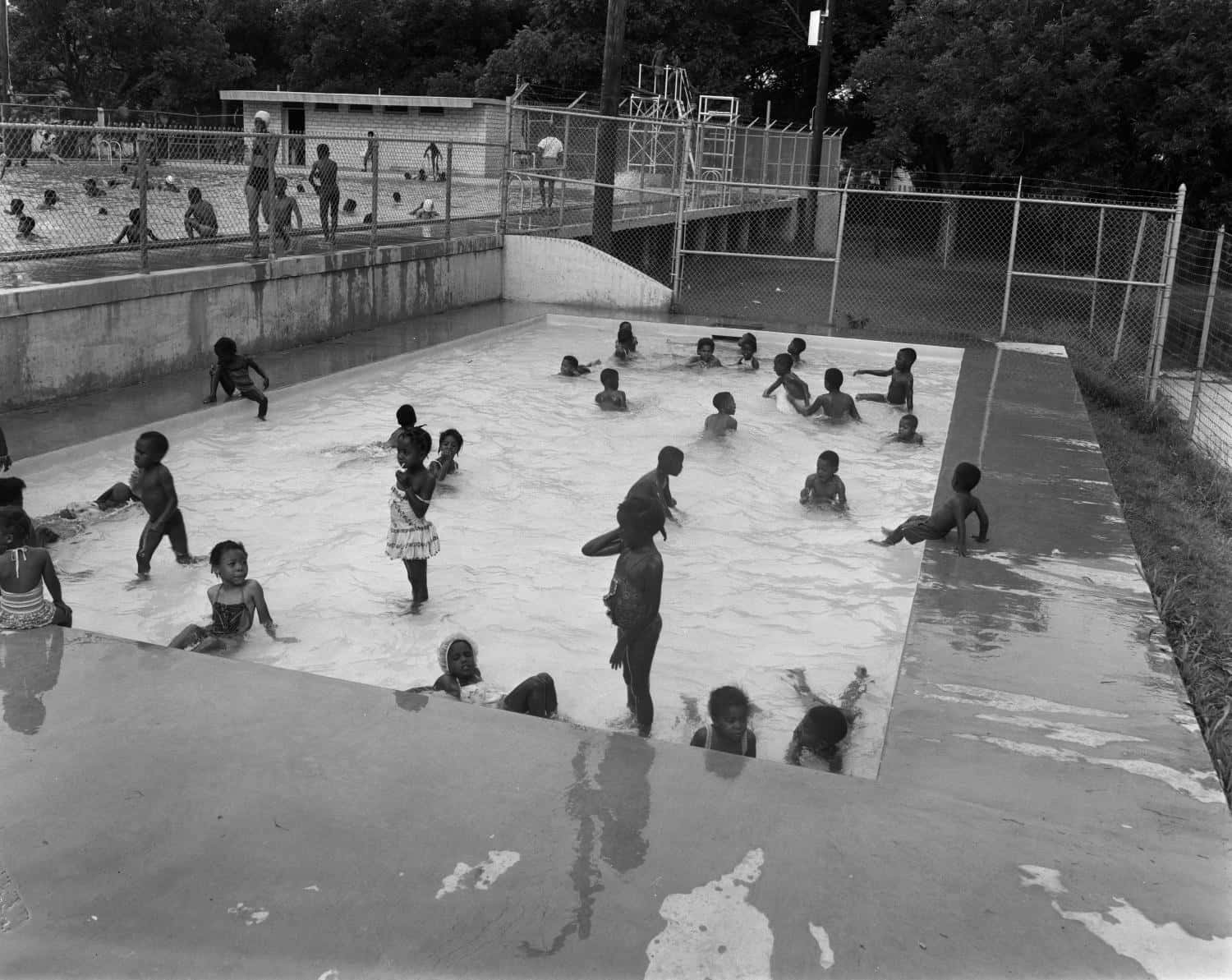
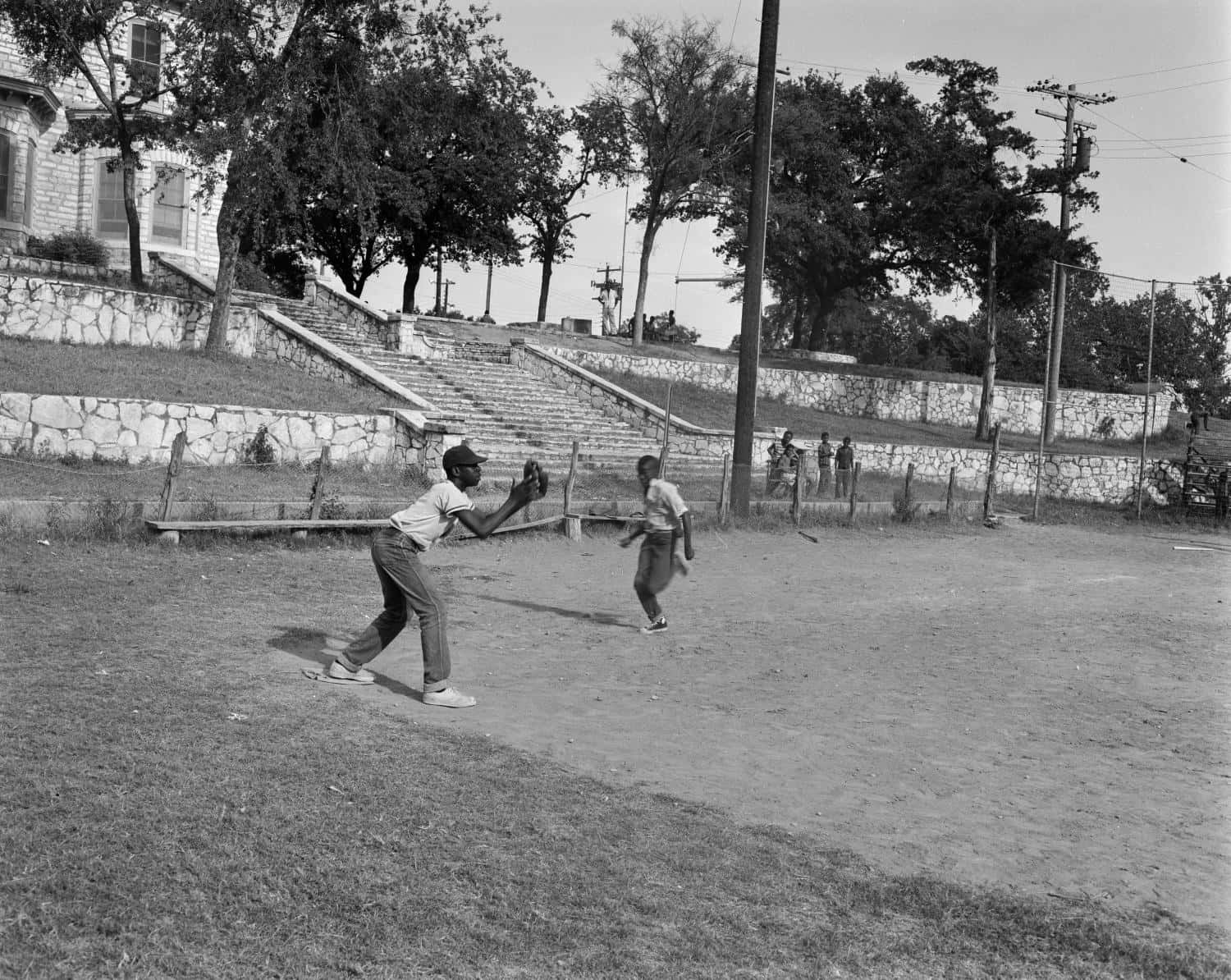
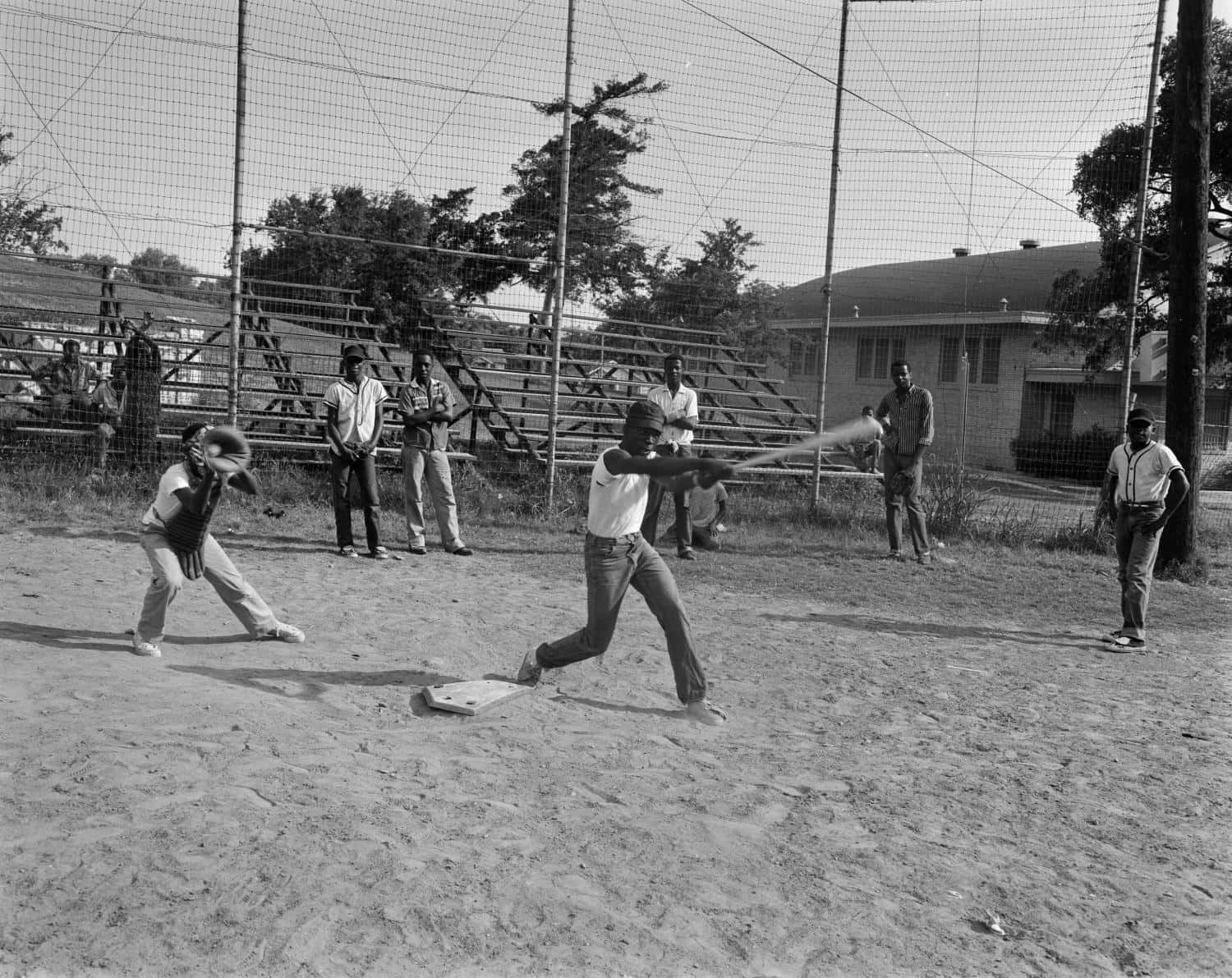
In the late 19th and early 20th centuries, African American enclaves were spread throughout Austin, but the 1928 Austin city plan codified segregation of communities of color to the east side of the city by restricting utilities and services in other parts of the city. As a result, Rosewood Park was established as a recreational facility for African Americans.
The land for Rosewood Park was carved from the 40-acre homestead along Boggy Creek of local merchant, Rudolph Bertram, and his family, including a two-story limestone house built here in the 1870s. Rudolph’s daughter, Emmie Huppertz, sold 17 acres to the city in 1928 to establish the first public park for African Americans in Austin. When Rosewood Park opened in 1930, it featured a swimming pool, clubhouse (the remodeled Bertram-Huppertz home), and baseball diamonds. Segregated sports leagues, concerts, pageants, and holiday festivities were frequent and popular uses for the park. The Juneteenth celebration, a holiday commemorating the emancipation of enslaved African Americans, has been celebrated here each year since the park opened.
During The Great Depression, the Civil Works Administration (CWA) and Works Progress Administration (WPA) provided partial funding for park improvements ranging from roads and lights to the bandstand. During World War II, the city’s recreation department provided African American servicemen stationed in Central Texas with dances, picnics, and sing-alongs, culminating in construction of Doris Miller auditorium in 1944. It was named for Doris "Dorie" Miller, a native Texan and the first African American awarded with the Navy Cross, which is the United States Navy and United States Marine Corps' second-highest military decoration awarded for sailors and marines who distinguish themselves for extraordinary heroism in combat with an armed enemy force. After the war, the auditorium was a popular stop on the “Chitlin' Circuit” of African American performers. The Doris Miller Auditorium hosted a variety of African American entertainers during the 1940s through the early 1960s. Famous acts such as Nat King Cole, Louis Armstrong, Count Basie, and Little Richard performed there.
In the summer of 1963, the Austin city pools and parks quietly integrated. Rosewood Park continues to serve as the heart of the neighborhood and as an important space in the cultural history of Austin. Nestled in East Austin, Rosewood Park is a gem in the Texas neighborhood and municipal park system. While its initial development reflects a time of segregation and city planning policies designed to perpetuate racial injustices, Rosewood Park and the community it serves have utilized this iconic public space to bring health, wellness and solidarity to the community.
The textual content description furnished above comes from the following web sites that offer insights about factual information.
Collective memory archive
The textual content description furnished above comes from the following web sites that offer insights about factual information.
- https://austinparks.org/rosewood-park/
- https://www.preservationaustin.org/news/2021/2/3/rosewood-park-a-historic-icon-of-austins-east-side
- https://en.wikipedia.org/wiki/Rosewood_Park_(Austin,_Texas)
- https://www.austintexas.gov/department/rosewood-neighborhood-park-bathhouse-renovation
- https://traps.org/2020/06/19/lone-star-legacy-parks-rosewood-park/
- https://www.tclf.org/landscapes/rosewood-park
- http://www.eastendculturaldistrict.org/cms/historic-sites-architecture/rosewood-park
- https://www.hmdb.org/m.asp?m=164672
- https://texashistory.unt.edu/search/?q=%22rosewood+park%22&t=fulltext&sort=
- https://www.kut.org/austin/2017-01-19/staring-down-development-neighbors-seek-historical-recognition-for-emancipation-park
- http://eastwoodsaustin.org/index_files/Page639.htm